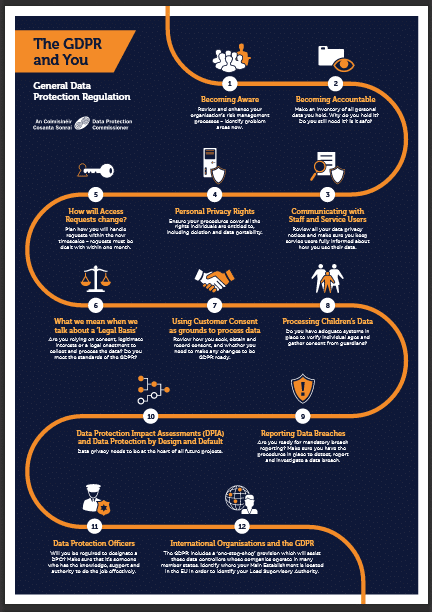About a quarter of the world’s population use the Internet. That’s approximately 1.7 billion people. How many will come to your site the moment it launches? Zero.
It will take some time before the search engines are able to index your site and allow the possibility of driving some visitor traffic there. But even when your site does get indexed, that’s no assurance people will even have the chance of finding it.
So unless you apply SEO, your chances of improving those traffic numbers from zilch would nearly be zilch too. Traffic is a fundamental prerequisite in eCommerce. Before any store, virtual or otherwise, can ever hope to make a sale, the first step is to get noticed by the potential customer.
Our SEO specialists can drive your pages to the top of search results so that potential customers can see results leading to your site first.
Depending on the product or service you’re offering, getting to be ranked high on the search engines can be extremely labour-intensive. Basically, it’s the kind of job you’d rather not keep in-house but its the kind of job our team would be happy to take charge on.
Different products and services have different SEO requirements. We won’t recommend an SEO package if we think it will only translate to unnecessary spending.
These are the essentials of our SEO packages:
- Targeted keywords and keyphrases. We’ll conduct extensive research on your product line and your product competitors to get hold of the best targeted keywords and keyphrases. If your competitors missed any important keyphrases, we’ll find those as well.
- Strategically planted backlinks. We’ll concentrate our backlinking efforts on relevant backlinks to achieve top search engine rankings. As an added bonus, relevant backlinks drive in traffic that really matter as this is made up of visitors with the highest potential of turning into buyers.
- On-site SEO. Certain issues arising from the mere makeup of most eCommerce websites are making on-site SEO tweaking more challenging. In fact, not all SEO consultants cater to these specific problems. Our specialists, on the other hand, pay special attention to issues regarding pagination resulting in keyword cannibalisation, product pages, landing page optimisation and the like.
- Selection of SEO packages. While you’re still starting out, you may want to try our basic packages first. Then once you see traffic pouring in and revenues begin to build up, you can up the ante by upgrading to our premium packages.
Other services you might be interested in:
